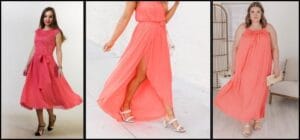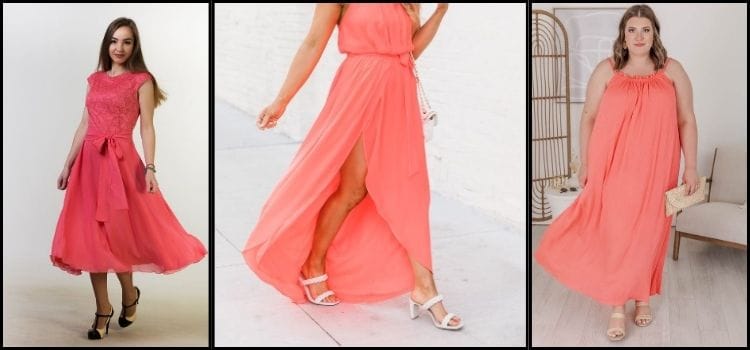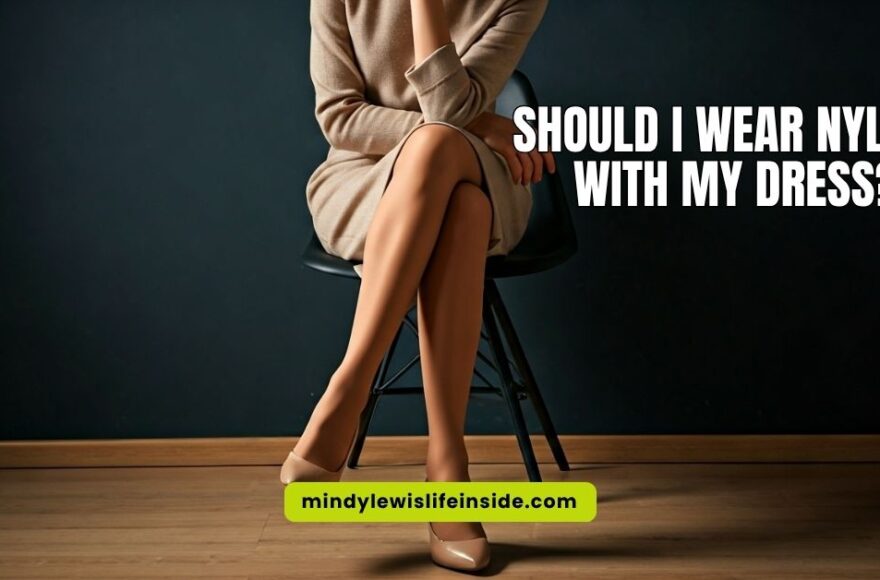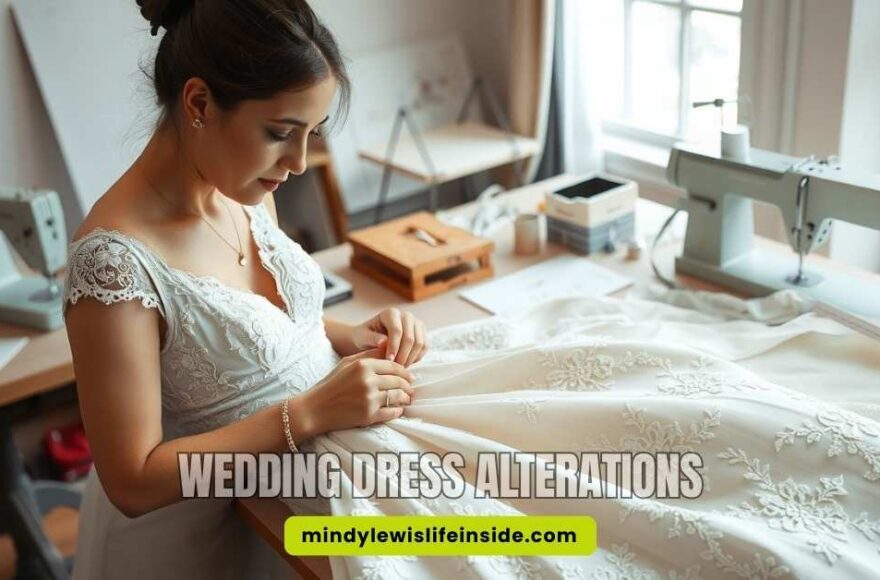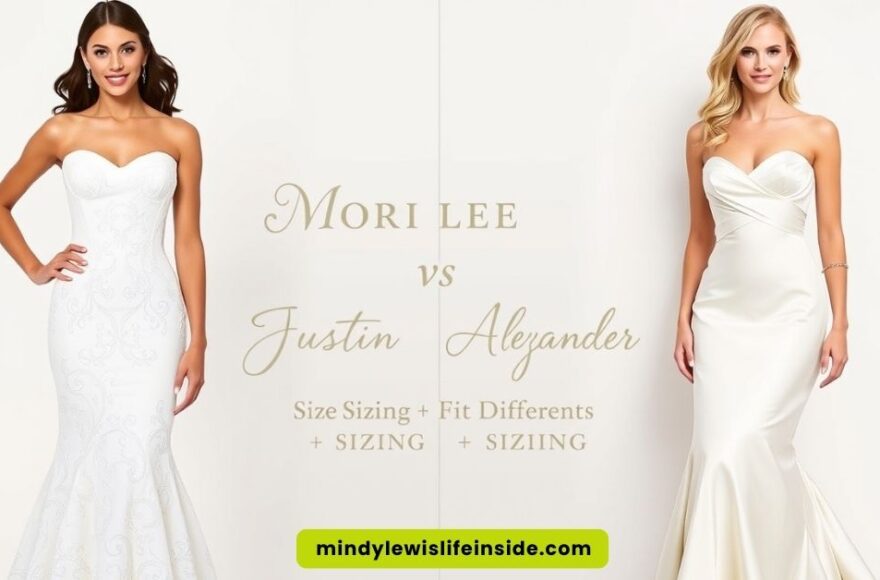How to Measure for a Wedding Dress: A Step-by-Step Guide
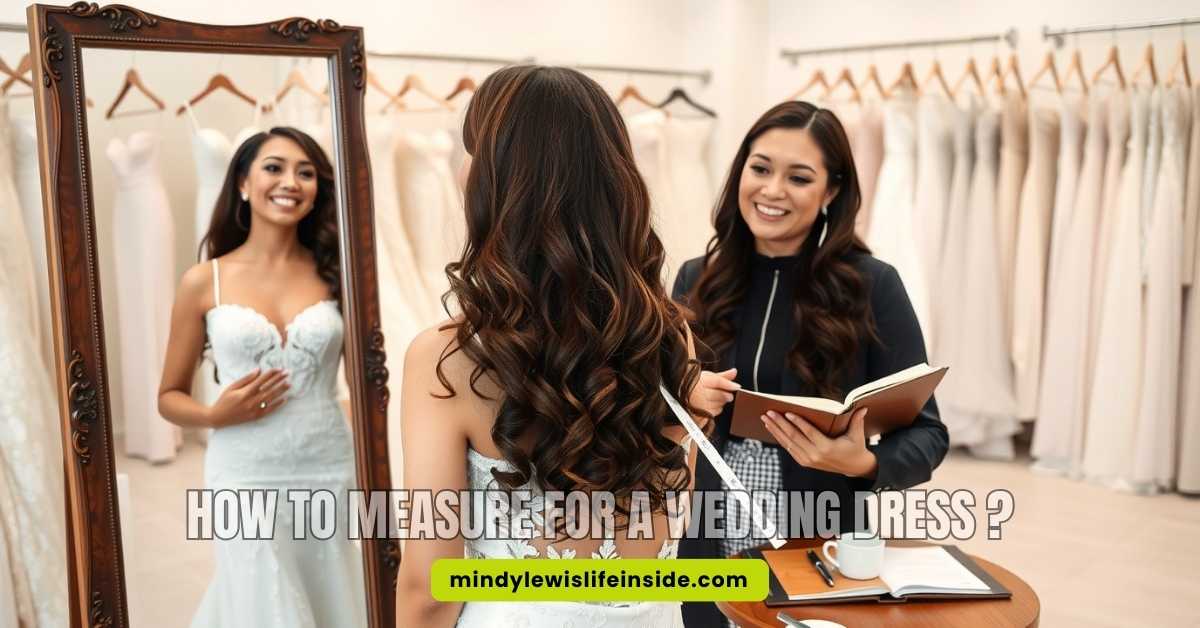
As an Amazon Associate, I earn from qualifying purchases
Planning a wedding is exciting, but choosing the perfect dress can feel overwhelming. One of the most important steps is measuring yourself correctly. I remember when I first tried to measure for a dress—it seemed tricky at first, but once I got the hang of it, it became simple. Getting your measurements right saves time, money, and frustration later on.
In this guide, I’ll walk you through exactly how to measure for a wedding dress. Whether you’re buying off-the-rack or having a custom dress made, these steps will help you find the perfect fit.
Why Accurate Measurements Matter
I can’t stress this enough: good measurements mean a better fit. When you order or shop for a wedding dress, the numbers guide designers and stores to choose or make a gown that suits your shape. If your measurements are off, your dress might be too tight, too loose, or awkward in some areas.
Even if you plan to get alterations later (and you probably will), starting with accurate numbers makes those changes easier and less expensive.
What You Need Before You Start
Before measuring yourself, gather a few things:
- A soft measuring tape (the kind used in sewing)
- A full-length mirror so you can check your posture
- A friend or family member to help (optional but very helpful)
- A notebook or phone to record your numbers
- Wear lightweight clothing or just underwear for accuracy
It’s important that you stand up straight but relaxed while measuring. Don’t hold your breath or suck in your stomach—that won’t give true numbers.
Step 1: Measure Your Bust
Start with your bust measurement. This number tells how big around your chest is.
I like to place the tape measure around the fullest part of my bust, usually over the nipples. The tape should be snug but not tight—it needs to lie flat without pressing into the skin.
Look in the mirror to make sure the tape is level all around and not twisted. Write down this number as “Bust.”
Step 2: Measure Your Waist
Next is your waist size. This is usually the smallest part of your torso, right above your belly button and below your rib cage.
You can find it by bending sideways—your waist is where your body naturally creases. Wrap the tape around this point comfortably. Again, make sure the tape is level all around.
Write down this as “Waist.”
Step 3: Measure Your Hips
Now measure your hips. This one can be tricky because different people carry weight differently.
Stand with your feet together and wrap the tape around the widest part of your hips and buttocks. This spot is usually about 7-9 inches below your waistline.
Ensure the tape is even and snug but not too tight. This number goes down as “Hips.”
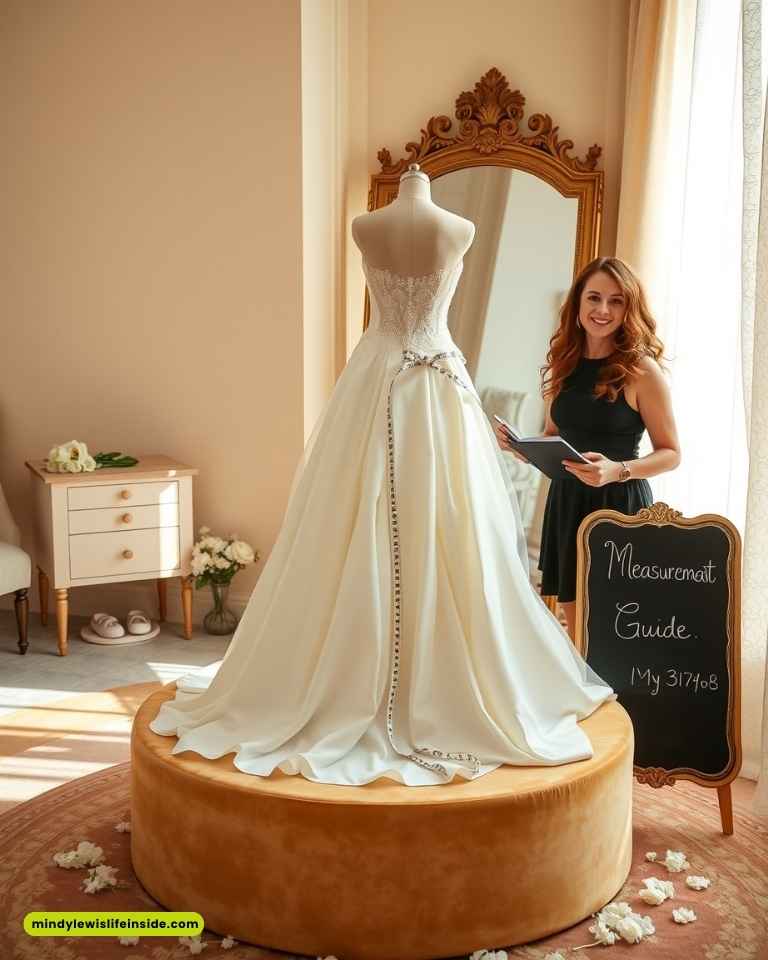
Step 4: Measure Your Height
Knowing your height is important because wedding dresses come in different lengths.
Stand straight against a wall without shoes and have someone mark or note where the top of your head reaches on that wall. Use a tape measure from floor to that mark.
This gives you a clear height measurement, so dresses can be chosen accordingly.
Step 5: Measure Shoulder Width
I often forget this one, but it’s key for dresses with sleeves or fitted bodices.
Measure from one shoulder bone across to the other shoulder bone at the back. Keep the tape straight and snug but not tight.
Record this as “Shoulder Width.”
Step 6: Measure Arm Length (If Applicable)
If you are considering sleeves on your dress, measure from the shoulder seam down to where you want the sleeve to end (wrist or mid-arm).
Keep your arm slightly bent when measuring so the sleeve will fit comfortably when worn.
Write down “Arm Length” for reference.
Step 7: Measure Neck Circumference (Optional)
Some dress styles have high necklines or collars that need neck measurements.
Wrap the tape around the base of your neck gently—not too tight—and note this number as “Neck Circumference.”
Tips for Measuring Yourself Accurately
I find these tips helpful when taking my own measurements:
- Use a mirror or ask someone to help you.
- Measure twice to double-check numbers.
- Keep the tape parallel to the floor.
- Relax while measuring—don’t hold breath.
- Write down every measurement immediately.
- Avoid bulky clothing during measuring.
Alternative Products for Measuring at Home
If you want extra tools beyond a soft tape measure, consider these:
| Product | Description | Price Range |
|---|---|---|
| Laser Body Tape Measure | Uses a laser for precise body measurements | $30 – $60 |
| Adjustable Measuring Tape | Self-locking tape with easy readout | $10 – $20 |
| Smartphone Measuring Apps | Use phone camera & AI for sizes | Mostly free |
I personally use a simple soft tape measure because it’s affordable and reliable. But if you want tech options, smartphone apps like Nettelo can be handy.
What To Do After You Have Your Measurements
Once you have all your numbers:
- Compare them with size charts from designers or stores.
- Choose dresses that fit closest to your bust, waist, and hips.
- Plan on small alterations if needed.
- Share measurements clearly if ordering custom dresses online.
I always recommend picking a dress slightly larger than your exact size if unsure—you can always take it in!
Common Mistakes to Avoid When Measuring
I learned these after some trial and error:
- Don’t measure over thick clothes; it adds inches.
- Avoid pulling tape too tight—it should just rest gently.
- Don’t guess measurements; use an actual tape.
- Don’t rely only on standard sizing charts—bodies vary.
Getting measurements wrong can lead to disappointment on your big day. Take time and care—it’s worth it!
How Measurements Affect Dress Style Choices
Your body shape guides what dress styles will flatter you most.
For example:
- If you have wider hips than bust, an A-line dress balances proportions well.
- For similar bust and hip sizes but a narrow waist, fit-and-flare styles highlight curves.
- If shoulders are broad, a strapless or off-the-shoulder dress can soften looks.
Knowing measurements helps narrow down styles that fit comfortably and look great.
Final Thoughts
Measuring yourself for a wedding dress might seem tricky at first, but I promise it gets easier with practice. Accurate numbers help pick a dress that fits beautifully and feels comfortable all day long.
Remember, no one knows your body better than you do. Take control by learning how to measure correctly before shopping or ordering any gowns. It will save headaches later and contribute to an unforgettable wedding experience!
Good luck! If you follow these steps carefully, I’m confident you’ll find the one that fits just right.
As an Amazon Associate, I earn from qualifying purchases
